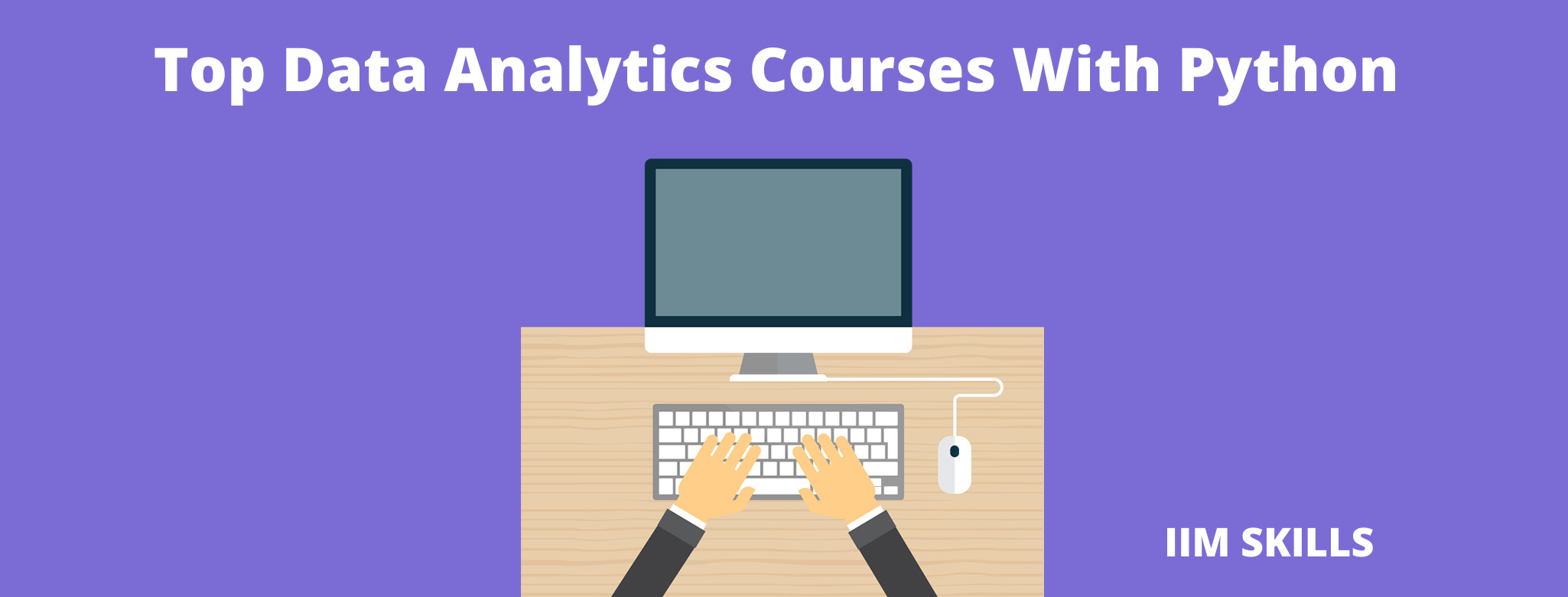In today's digital age, data is everywhere. From business operations to scientific research, the ability to extract meaningful insights from vast amounts of data is crucial for success. Data analytics has emerged as a powerful tool for turning raw data into actionable insights, and Python has become the language of choice for data analysts and scientists due to its simplicity, versatility, and extensive libraries. In this blog post, we'll explore the fascinating world of data analytics with Python and how it is transforming industries and driving innovation.
Understanding Data Analytics
Data analytics is the process of analyzing, interpreting, and deriving insights from data to support decision-making and solve complex problems. It involves various techniques, including data cleaning, visualization, statistical analysis, and machine learning.
Why Python for Data Analytics?
Python has gained popularity in the field of data analytics for several reasons:
-
Ease of Learning: Python's simple and intuitive syntax makes it easy for beginners to learn and use.
-
Extensive Libraries: Python offers a rich ecosystem of libraries specifically designed for data manipulation, analysis, and visualization, such as Pandas, NumPy, Matplotlib, and Seaborn.
-
Versatility: Python is a general-purpose programming language that can be used for a wide range of applications, including web development, automation, and machine learning.
-
Community Support: Python has a large and active community of developers and data scientists who contribute to the development of libraries, share resources, and provide support through forums and online communities.
Key Components of Data Analytics with Python
-
Data Manipulation: Pandas is a popular Python library for data manipulation and analysis. It provides data structures and functions for cleaning, transforming, and analyzing tabular data.
-
Data Visualization: Matplotlib and Seaborn are powerful libraries for creating static, animated, and interactive visualizations to explore and communicate insights from data.
-
Statistical Analysis: Python offers libraries such as SciPy and StatsModels for performing statistical analysis, hypothesis testing, regression, and more.
-
Machine Learning: Python's Scikit-learn library provides a wide range of machine-learning algorithms for classification, regression, clustering, and dimensionality reduction.

Applications of Data Analytics with Python
Data analytics with Python finds applications across various industries and domains, including:
- Business Intelligence: Analyzing sales data, customer behavior, and market trends to drive business strategy and decision-making.
- Healthcare: Predictive analytics for disease diagnosis, treatment optimization, and patient outcome prediction.
- Finance: Fraud detection, risk assessment, and portfolio optimization using quantitative analysis and machine learning.
- Marketing: Customer segmentation, sentiment analysis, and personalized recommendations for targeted marketing campaigns.
Conclusion
Data analytics with Python has revolutionized the way organizations extract insights from data to drive innovation, improve decision-making, and gain a competitive edge. Whether you're a business professional looking to leverage data for strategic insights or a data scientist exploring complex datasets, Python offers a powerful and versatile platform for data analytics. By mastering data analytics with Python, you can unlock a world of opportunities in today's data-driven economy.

No comments yet